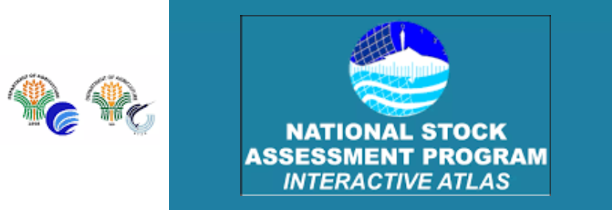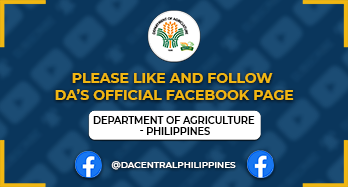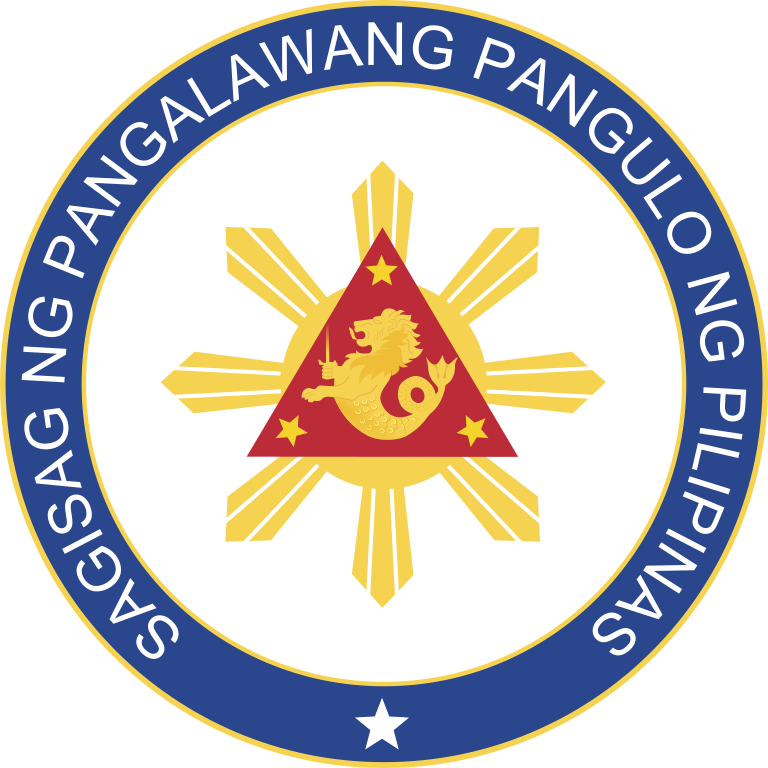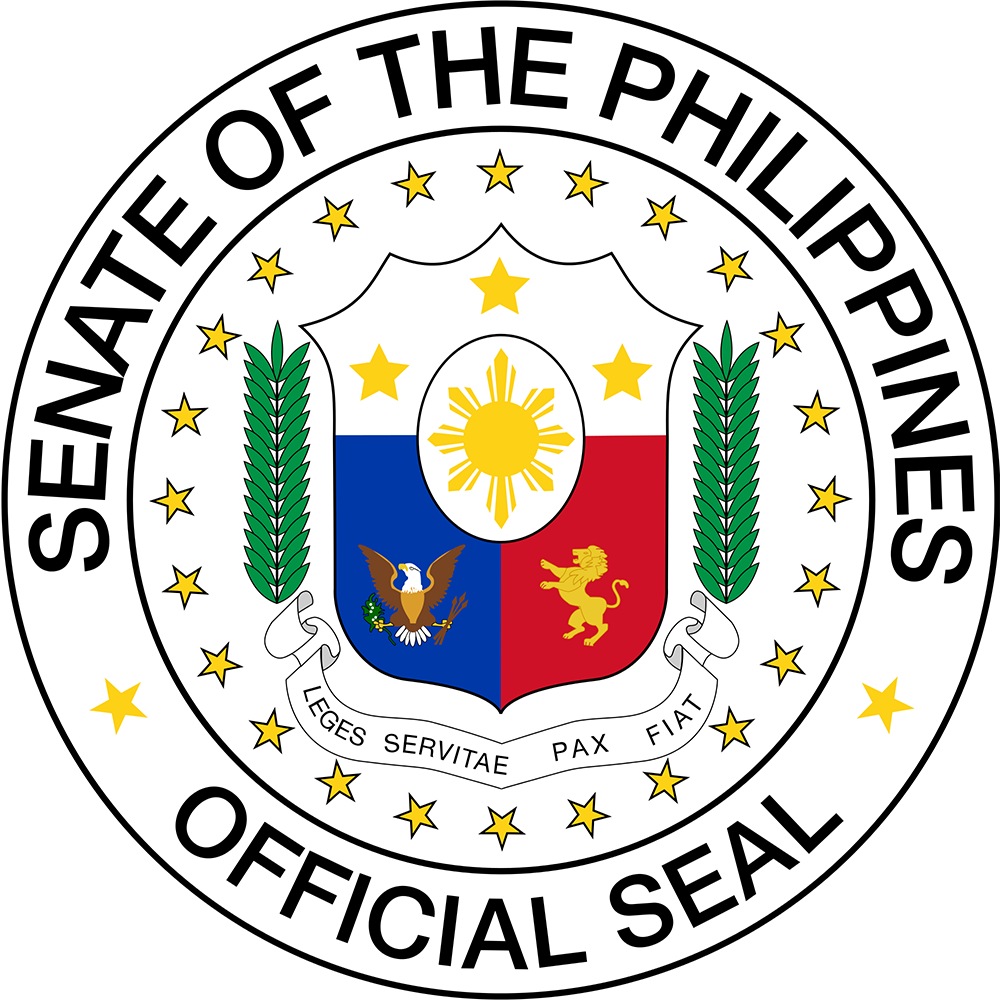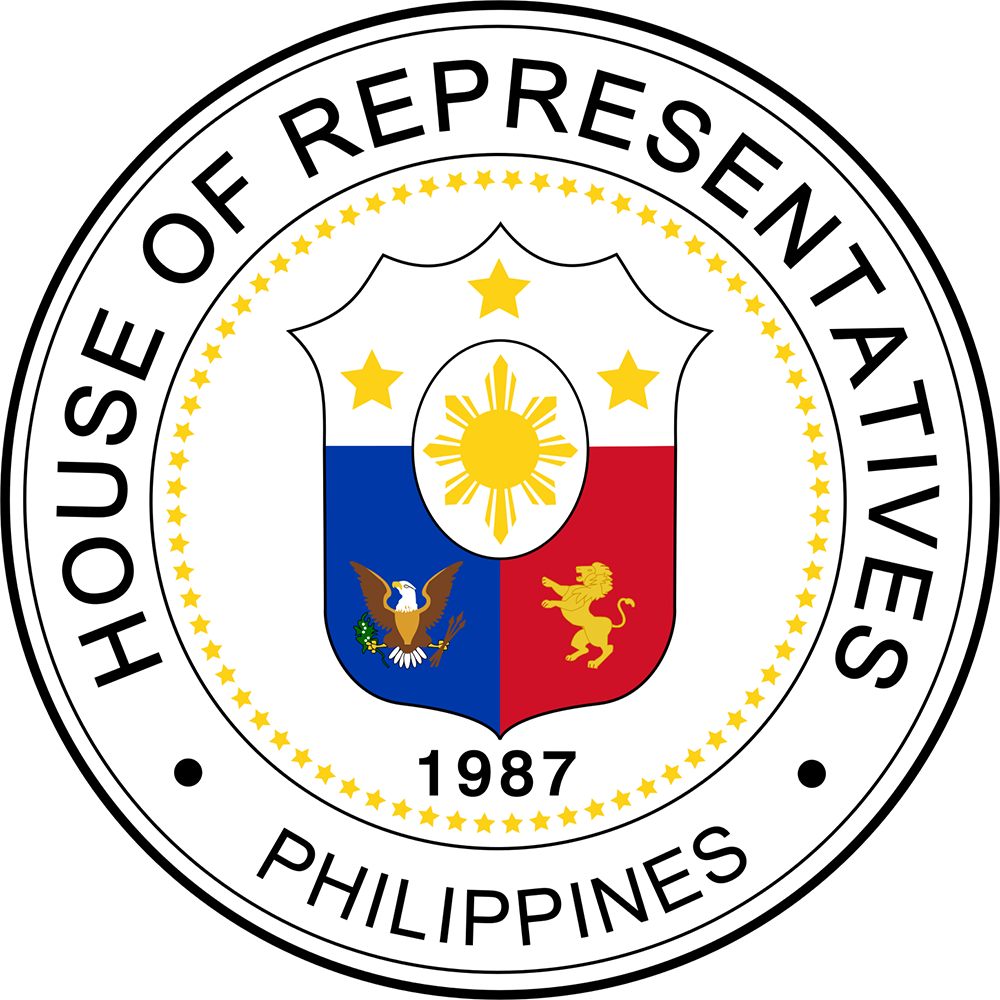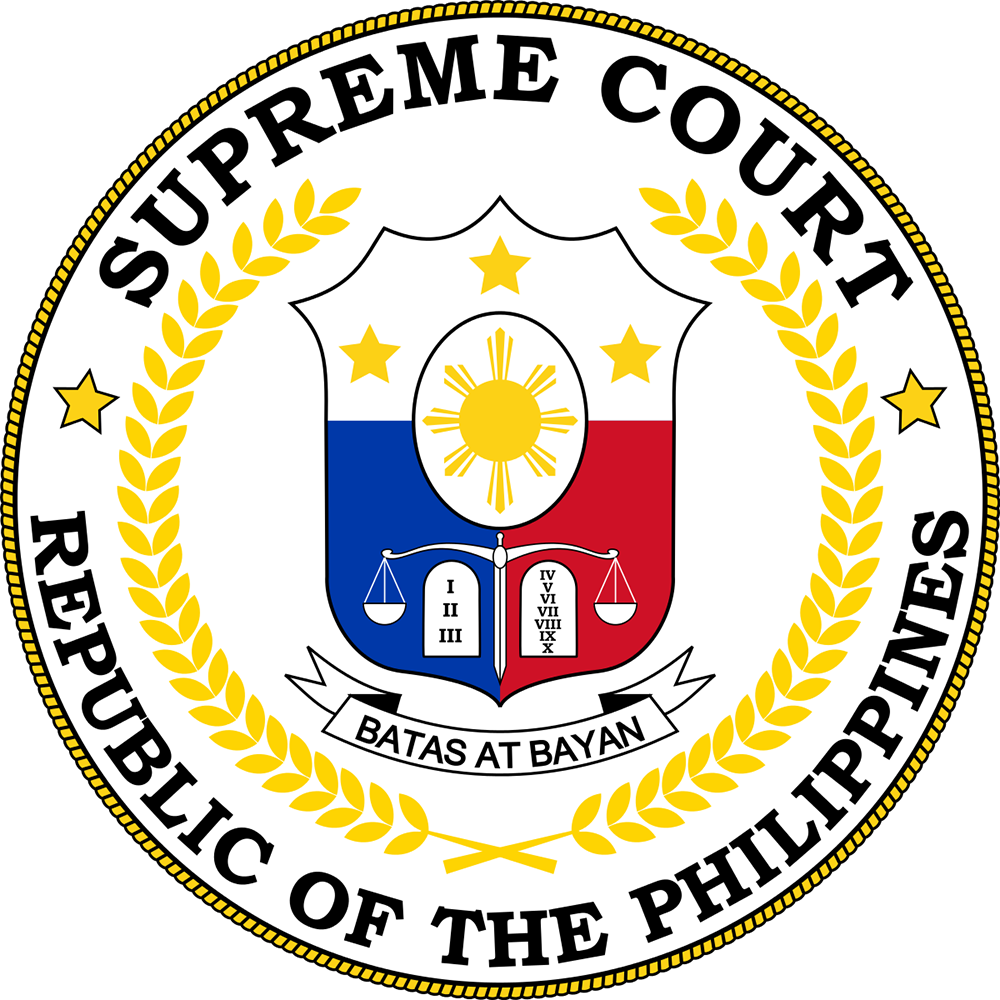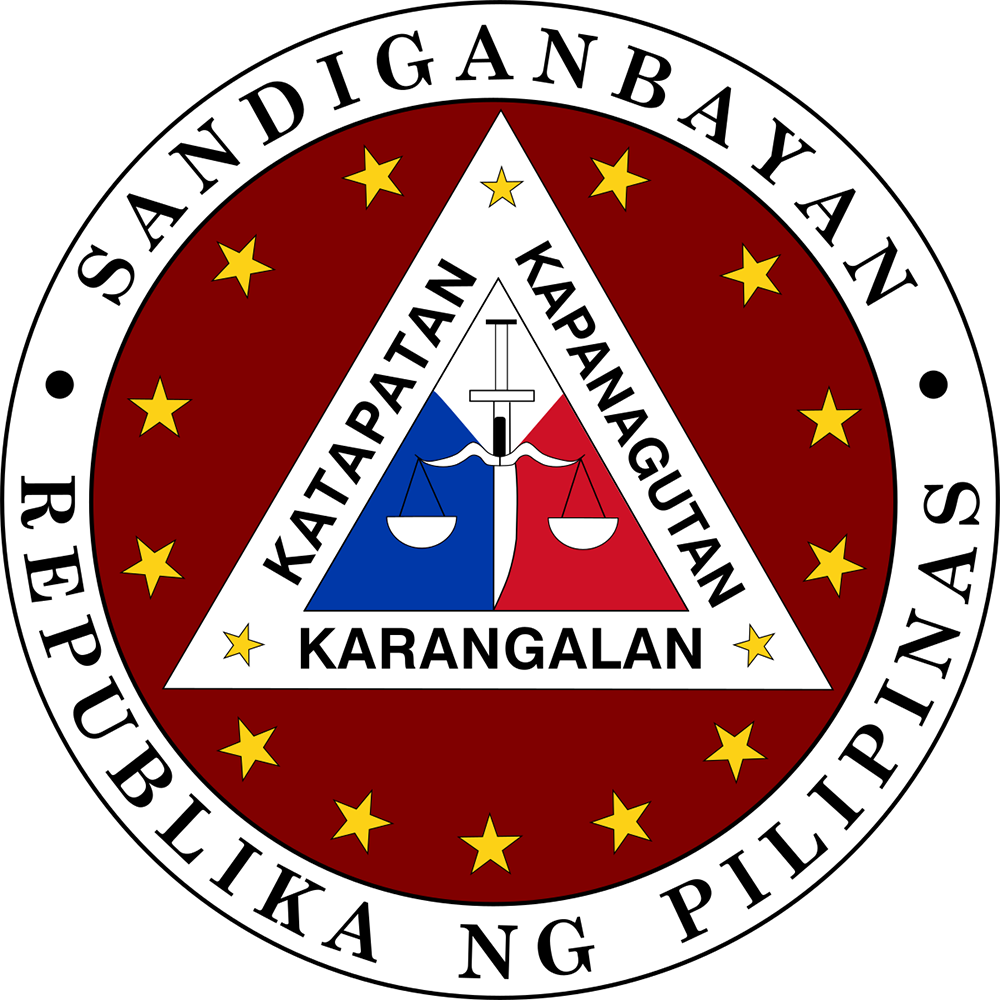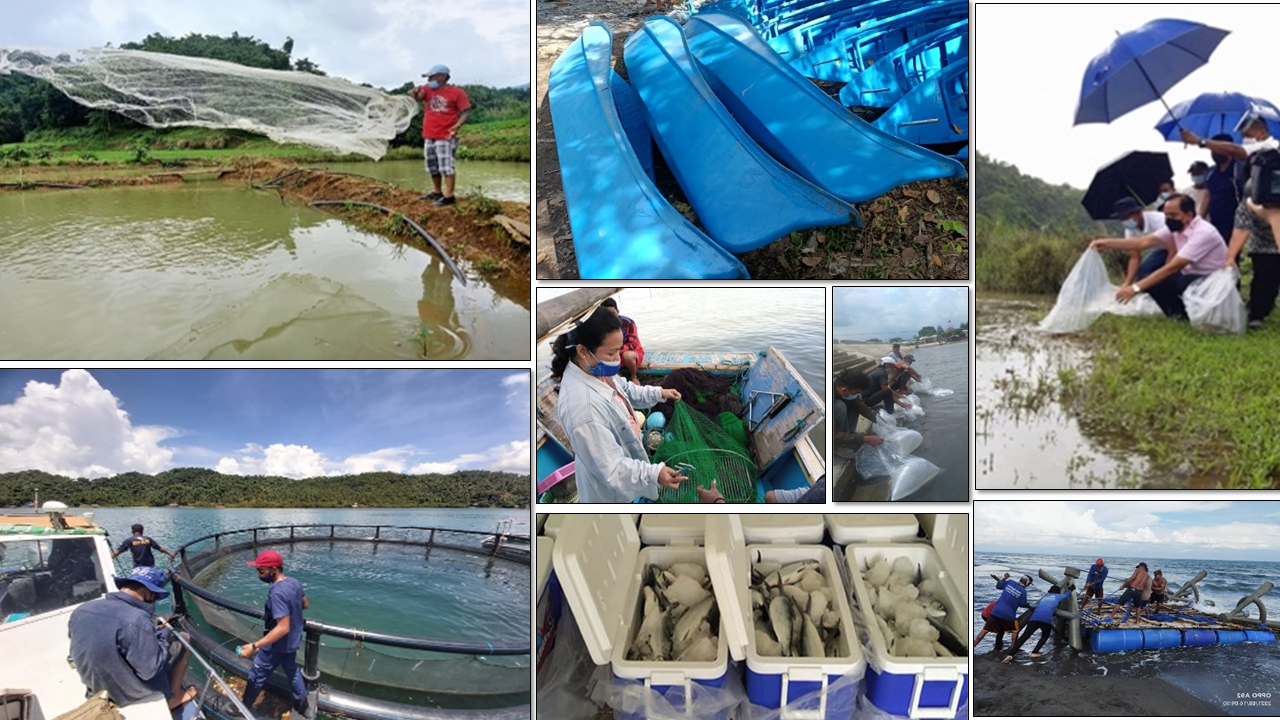
(Fifth of seven parts)
In 2021, the fisheries sector continued to brave the waves and marched through the ill effects of Covid-19 pandemic and natural calamities, the most recent of which was Typhoon Odette.
The strength of the sector, which is further forged by the strong cooperation between the fisheries stakeholders and the Department of Agriculture — through the Bureau of Fisheries and Aquatic Resources (BFAR), Philippine Fisheries Development Authority (PFDA), and National Fisheries Research and Development Institute (NFRDI) — is clearly visible from the fisheries industry’s continuous growth in production and compliance with fisheries laws and policies, including conservation and management measures.
A report from BFAR showed that for the first three quarters of 2021, the fisheries industry produced 3,118,525.02 metric tons (MT) of fish, which was 1.94 percent (%) lower than 2020’s production of 3,180,086.28 MT.
Of all the three sub-sectors of fisheries, 50.88% of the total production came from aquaculture, 26.88% from municipal fisheries, and 22.24% from commercial fisheries. The decline in the total production is attributed to the decrease of the commercial fisheries production with 10.97%. Meanwhile, municipal and aquaculture sub-sectors posted an increase of 1.19% and 0.89%, respectively.
“The DA-BFAR will continue to provide production and production-related interventions and activities that will contribute to attaining the Duterte administration’s food security goal,” said Agriculture Secretary William Dar.
“We will exert strong efforts to ensure that quality fish and fishery products are made available, accessible, and affordable to the consuming public; and provide economic opportunities to fisherfolk and their families for additional and stable income,” the DA chief added.
One intervention is the “Oplan Isda,” an intensification of aquaculture practices, and climate change mitigation. These interventions aim to contribute to the target annual growth rate of 2% for 2021-2023. Current improvements have been noted on the production volume of the top priority commodities shrimp (10.12%), tilapia (9.69%), and milkfish (8.84%), during the first three quarters of 2020.
Another intervention is through the “F/B Pagbabago” livelihood program, where the DA-BFAR has distributed 352 durable and climate-proof fiberglass boats to 16 groups of fishers, composed of 418 individuals. They also received environment-friendly and sustainable fishing implements such as payao, hook and line gears, trap gears, and net gears.
Further, the DA-BFAR under the project “Banca ko, Gawa ko” initiative has conducted trainings to fishers to further enhance their skill in boat-making, particularly, fiberglass boats. It also undertook 39 techno-demo post-harvest projects, benefiting 146 fisherfolk groups.
In the aquaculture subsector, the Bureau has invested in further developing aquaculture infrastructure such as hatcheries to produce more quality fry and fingerlings, lessen importations, and generate more income and livelihood to fish farmers.
On December 13, 2021, the DA-BFAR inaugurated the first legislated hatchery, in Perez, Quezon. More legislated hatcheries will be opened in 2022 in different regions. The Bureau is also managing nine seaweed tissue culture laboratories nationwide.
The DA-BFAR, in partnership with local government units and private institutions, have established 30 mariculture parks to ensure fish sufficiency and generate livelihood in coastal communities. It is also constructing more community fish landing centers (CFLCs) in strategic coastal areas.
Out of the 729 CFLCs, 422 units are already being used by fisherfolk to sell their freshly caught fishes and conduct fisherfolk trainings.
The Bureau also continued providing support to micro, small and medium enterprises or MSMEs to help their businesses flourish and to make their products more accessible to markets and consumers.
Towards this goal, the DA-BFAR conducted 51 virtual and face-to-face business and credit matching activities, as well as seven investment facilitation to give MSMEs a venue to directly connect with banks and financial institutions. Added to these are 124 agri-aqua fairs and exhibits launched and participated in by the Bureau.
It has also delivered 132 metric tons of bangus, tilapia, and pompano to Metro Manila and other nearby supply-deficient areas through its KADIWA Oplan ISDA or the Intensified Supply and Delivery of Agricultural commodities program.
Aside from ensuring sufficient fish supply, the Bureau also intensified its efforts on resource conservation and protection.
Among these efforts is the increased patrol operations against illegal and destructive fishing through strengthened cooperation between the DA-BFAR and the PNP Maritime Group. Currently, the Bureau has 107 floating assets, including two 50-meter multi-mission vessels, ten 30-meter MCS vessels, and 70 30-footer multi-mission patrol boats that are being deployed to patrol the country’s waters. These operations include guarding the country’s four marine sanctuaries, reserves, refugees and the fisheries management areas or FMAs.
Along with this effort, the DA-BFAR utilizes technology-based monitoring, control, and surveillance systems to increase its capability in enforcing sustainable fisheries. Among these is the Integrated Marine Environment Monitoring System or IMEMS project, a monitoring and surveillance system designed to allow 24/7 surveillance of Philippine-flagged vessels within the country’s territorial waters. These efforts are supported by the issuance of licenses, permits, and accreditations to ensure that vessels plying our waters and producers supplying fish to the market are compliant with existing laws and regulations.
Postharvest support facilities
For its part, the DA’s Philippine Fisheries Development Authority (PFDA) has unloaded an aggregate total of 486,751.39 MT of fish through all its Regional Fish Ports (RFPs) utilizing 100% of their postharvest facilities. This resulted in 48,267 clients served with quality and adequate fishery and non- fishery products. PFDA also reported an estimated 32,967 vessel arrivals in RFPs to unload much-needed fish supply.
On postharvest support facilities, the PFDA completed the construction and renovation of three fish ports in Lucena, Davao, and Iloilo, while port innovations and improvement in Camaligan, Sual, Zamboanga, and Navotas are in the pipeline.
To continuously deliver low-cost fresh-frozen fish supply and other fishery products to its consumers within Metro Manila and selected areas in Luzon, PFDA, through the isDA ON THE GO (iOTG) project, has sold a total of 132.36 MT of reasonably-priced fishery products.
The DA-PFDA has also partnered with 117 outlets in Metro Manila and nearby provinces since the beginning of the pandemic in March 2020.
The iOTG also sells low-priced fish through DA’s KADIWA on Wheels program and “Market on Wheels” in partnership with LGUs and Armed Forces of the Philippines Commissary and Exchange Service (AFPCES) in Northern Luzon, Southern Luzon, and Davao.
A partnership project was also launched with the Cooperative Development Authority (CDA) wherein five initially identified cooperatives all over Metro Manila received one top-of-the-line inverter chest freezer. The PFDA-CDA collaboration planned to engage a total of 60 cooperatives under the marginalized sector. These interventions will be utilized for the selling of fresh frozen fishery products under the iOTG initiative.
The DA-PFDA also procured 100 units of chest inverter freezers (50 units of 15 cubic ft. and 50 units of 20 cubic ft.) and 15 units of top-of-the-line refrigerated vans equipped with state-of-the-art devices under the iOTG project.
Policy and research
On the National Stock Assessment Program (NSAP), 47 policy recommendations and scientific advisories, covering 42 species, have been forwarded to DA and BFAR for crafting of appropriate policies and guidelines for the management of aquatic resources.
The program conducts assessment of major pelagic and demersal species in major fishing grounds of the country through establishment of standardized time series and biological data by fishing ground, which are fundamental to science-based fisheries management, formulation of policies, plans, and strategies.
To stimulate on-farm transfer and adoption of matured technologies developed by NFRDI, to fish farmers, technology promotion projects were conducted including guidance and support to cooperatives. Aside from the learning package, distribution of fry/fingerlings and agricultural inputs was provided for start-up production and aqua-business engagement of partner cooperators.
In the light of the various challenges, Secretary Dar probed the need for continuous investments in hatcheries, nurseries, facilities, cold storage systems, continued observance of closed fishing season, and strict implementation of fishery laws.
“We must employ sustainable fishery production, management, and conservation practices and technologies — all to ensure the future of the succeeding generations of Filipinos, and for them to benefit from the bounties of our ‘blue revolution’,” he concluded. ## # (DA StratComms)

